Unshelved: Book bans target Black and LGBTQ Authors
New data on America’s most banned titles shows that authors of color and books that feature diverse characters are most often targeted.

enate Dunsmore has been a librarian for 32 years. With her thick-framed glasses, the longtime manager of White Branch Library on Syracuse’s North Side is something of a picture-book librarian, even if entering the profession wasn’t always her plan.
When Dunsmore, a graduate of Syracuse University’s library science master’s program, speaks of White Branch’s young patrons, she occasionally stumbles and calls them “my kids,” before correcting herself.
“I say ‘my’ kids, but I mean the kids from the community who I’ve seen grow up and start bringing their own kids to the library,” Dunsmore said. “I didn’t set out saying this is what I wanted to accomplish in my life, but that kind of happened. When some young man who lives in another state now comes home for Thanksgiving and makes a point of coming to the library to say ‘hello’ to me, it makes doing what I do so worthwhile.”
White Branch Library is one of 32 libraries in the Onondaga County Public Library System and one of many organizations fighting to promote access to literature in Central New York. In the library, community members can find books and movies, as well as English as a second language classes, homework help and job fairs.
Despite the many benefits that libraries provide communities, they are under more scrutiny than ever, as Dunsmore noted. When Patron Library in Jamestown, Michigan, voted to keep books containing LGBTQ+ content on the shelves, the library lost significant funding and now may be forced to close. In schools and libraries across the country, controversy over what is appropriate for young people to read has led to not only a lack of funding, as in the Michigan case, but a rise in the banning of specific books.
While book bans have existed for decades in the United States, works of literature are now being targeted more specifically, and at unprecedented levels, according to data from PEN America, a literary organization that also promotes freedom of expression. PEN America has identified hundreds of bans in school districts across the country in the past year. The data shows that a majority of banned books deal with topics of race, gender or sexuality, and that most challenges to the books originated without a formal, written complaint.
PEN’s index listed 1,586 book bans in 86 school districts across 26 states between July 1, 2021, and March 31, 2022.
PEN America defines a book ban as “any action taken against a book based on its content and as a result of parent or community challenges, administrative decisions, or in response to direct or threatened action by lawmakers or other governmental officials, that leads to a previously accessible book being either completely removed from availability to students, or where access to a book is restricted or diminished.”
Our analysis of the data found that six of the top 10 most banned books in America dealt with race and two others with gender or sexuality. Experts say that robs students who come from marginalized communities of the chance to see themselves reflected in the books they read.
When Kate Taddeo, a librarian at Expeditionary Learning Middle School in Syracuse, shared Angie Thomas’s “The Hate You Give” with her students, she said the impact was profound. Taddeo recalls reading the book with her students and asking them what they thought about it.
“I had a kid look at me and go, ‘she looks like me,’” Taddeo recalled. “And that hit harder than any of the other big discussions because it was the first time this kid had seen a book where the person on the cover looked like her.”
The fifth most banned book on PEN America’s index, Thomas’s young adult novel follows a Black girl grappling with the impact of racism after witnessing her best friend being shot by a police officer. In 2018, the book was challenged by the Fraternal Order of Police in Charleston, South Carolina, after the order’s president, John Blackmon, stated that the book was “almost an indoctrination of distrust of police.”
But for some teachers in Syracuse, the frequently challenged book has been a useful tool in helping students cope with heavy topics.
“Our students are aware of what’s going on in the world,” said Jennifer Kailer, a librarian at Van Duyn Elementary School. “Having some sort of book allows them to not only see themselves but also helps them comprehend and open up these conversations so that they feel seen, that they feel safe, that they feel understood.”
Minorities make up only a small fraction of published authors in America. In 2020, The New York Times found that 95% of books published from 1950 to 2018 were written by white authors. Yet nearly half the authors on the Top 10 most banned list are people of color, according to the PEN America data.
To understand the rise of book bans, it’s important to understand how bans are changing. In the past, book bans tended to result from sporadic, local activism. Now, bans are often the result of state legislation, as well as efforts from national groups like No Left Turn in Education and the ironically named Moms for Liberty. Yet despite the more organized efforts, the bans still rarely go through any sort of formal process.
In its data, PEN America defines the “origin of challenge” for each ban, which indicates whether the challenge to a book was the result of a formal, written challenge, or was initiated by another means, such as a school administrator acting in response to political or parental pressure. In the majority of states with book bans, the challenges originated from an administrator rather than a formal challenge, the data shows. In Texas, the state with the most bans, only 3.5% of bans originated from formal complaints.
In 1982, in Board of Education, Island Trees Union Free School District v. Pico, the Supreme Court attempted to take a firm stance against book bans by recognizing that while school boards have “broad discretion in the management of school affairs,” a board’s intention for removing books should be demonstrated by the use of “the established, regular, and … unbiased procedures for the review of controversial materials.”
Despite the court’s precedence, this has not been the case. While the National Coalition Against Censorship, the American Library Association, and most district policies recommend that books stay in circulation while under review, the books are often removed before any sort of due process, PEN America found.
In Syracuse, the process of getting a book removed is a rigorous one. If a patron wants to challenge a title in the Onondaga County Public Library system, they must fill out a written complaint. The forum asks complainants whether they’ve actually read the book, whether they’re contesting the book as an individual or as a part of an organization and why they want the book gone. Then, the complaint goes through a series of committees, the executive director of libraries and the board of trustees before a decision is made. And the book stays in circulation until the decision is reached.
“The idea was that number one, just because something’s challenged, we don’t take it off the shelf,” Dunsmore said. “There’s a process in place.”

Along with strict policies on challenging books, local librarians are getting creative when it comes to fighting book bans. When Evan Milholland and Amy Bader of Soule Library designed an art display that included commonly challenged books in cages, the idea was to spark conversation.
“That was really my main focus – generating awareness that things are still being banned,” Milholland said. “It’s not something from the past; it’s happening right now and it’s affecting communities right here in Syracuse, people of color and the LGBTQ+ community.”
Other groups are finding ways to fight back, too. The Brooklyn Public Library, for instance, now offers a digital membership card to teenagers no matter where they live, giving them access to the library’s vast digital collection.
Book bans hit librarians like Milholland and Bader hard. But they’re using their emotional response to the bans to drive their activism.
“My first instinct is just anger,” Bader said. “But anger for me is also very motivating because my gut instinct is to get really angry, but then I think, ‘what can I do about it? How can I harness that anger in a way that is impactful to our community, or that’s helpful in some way?’”
